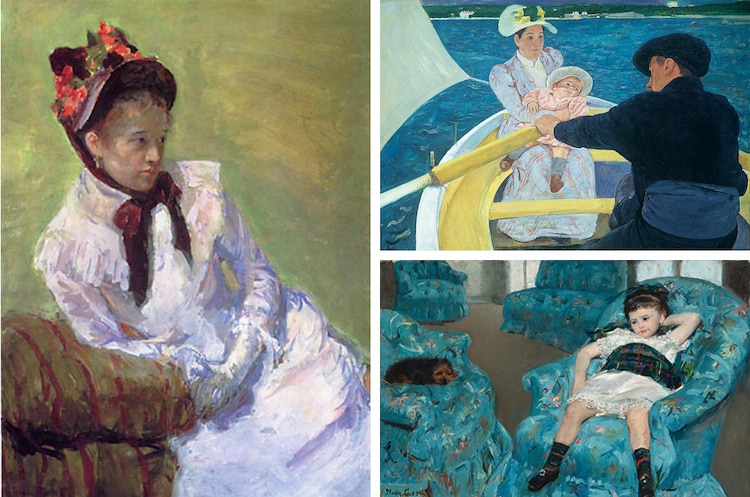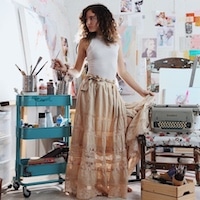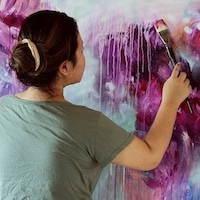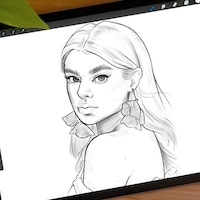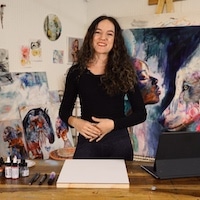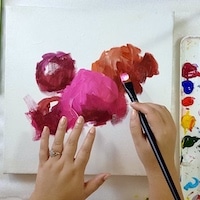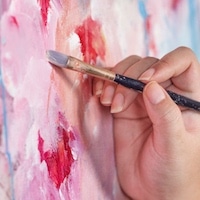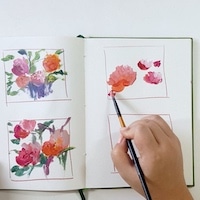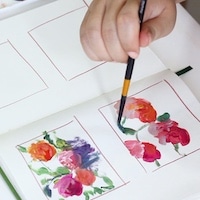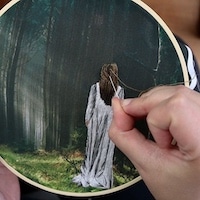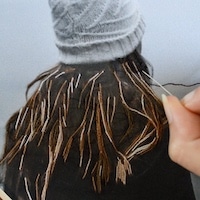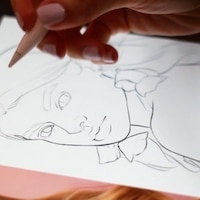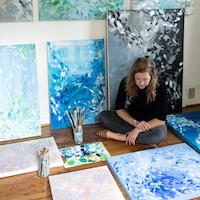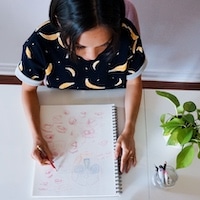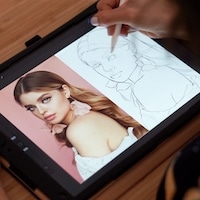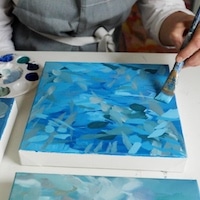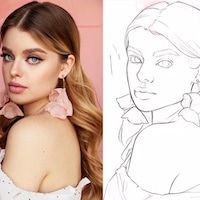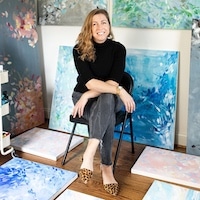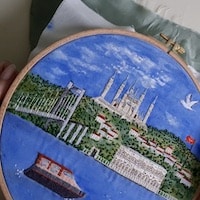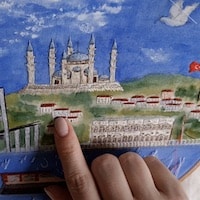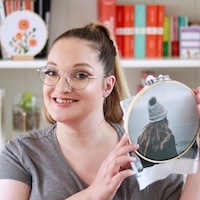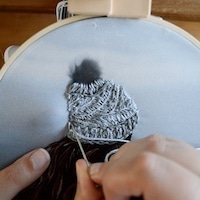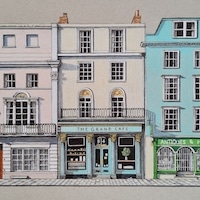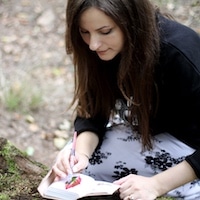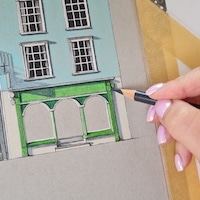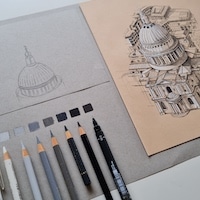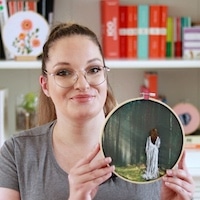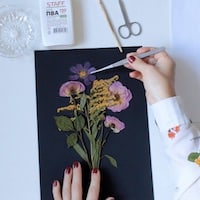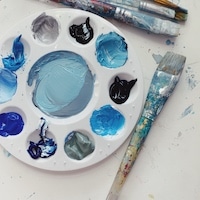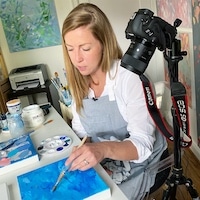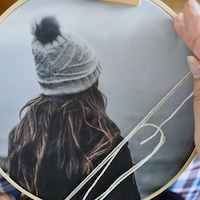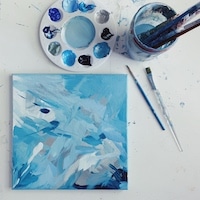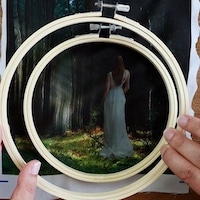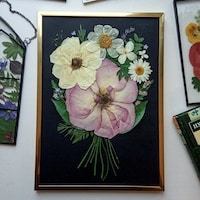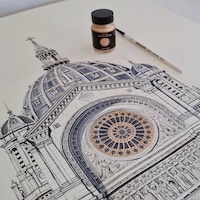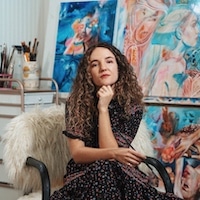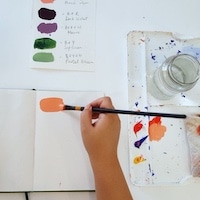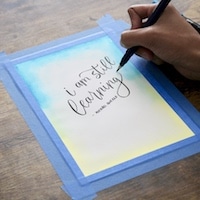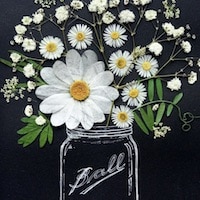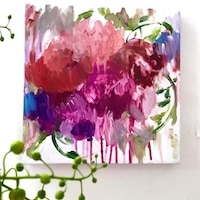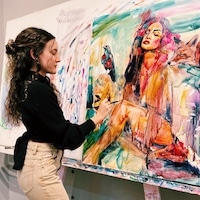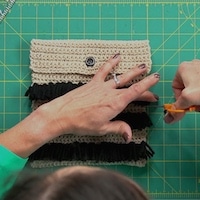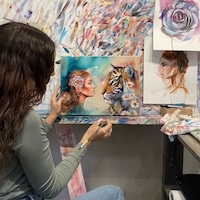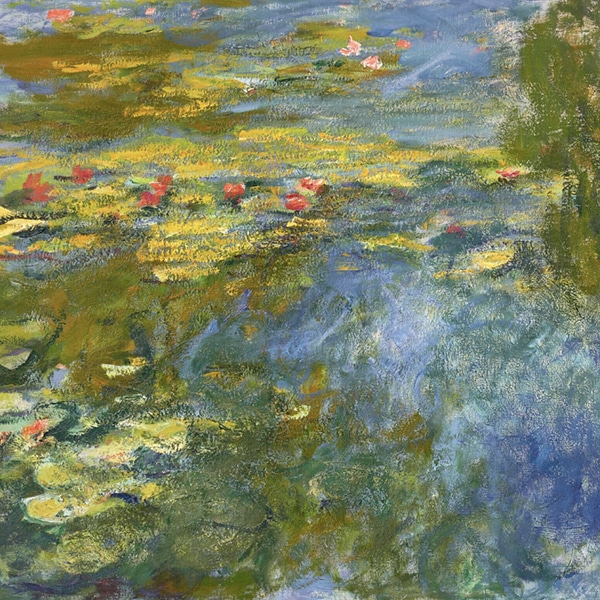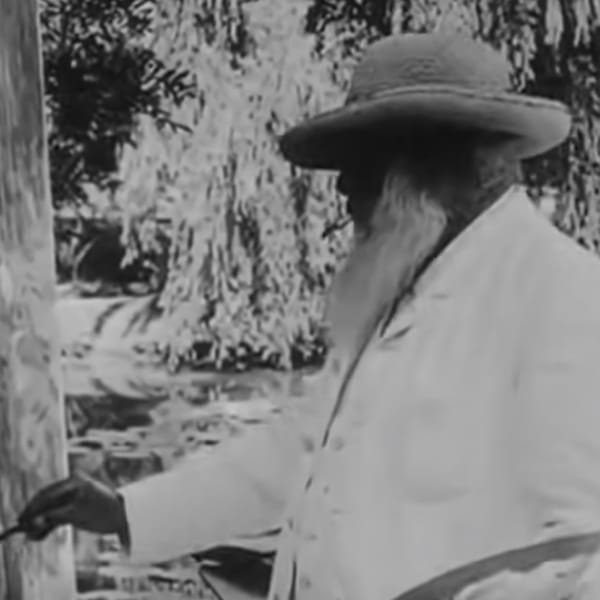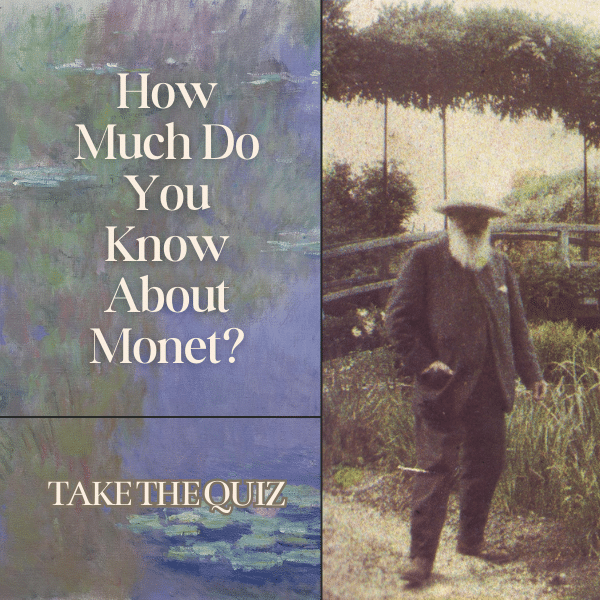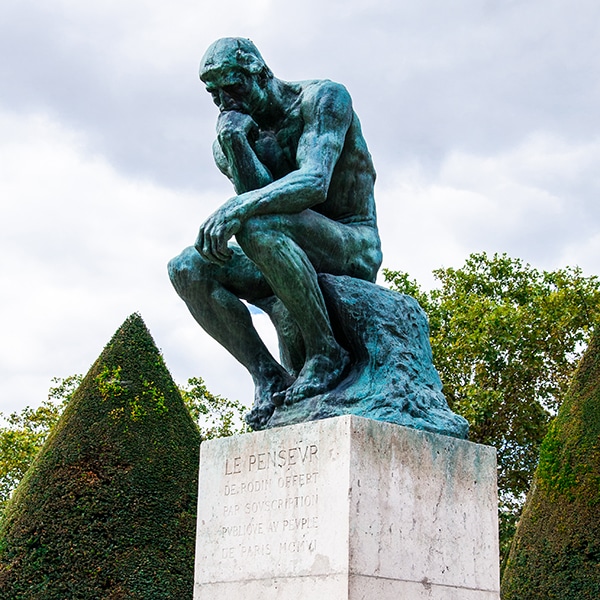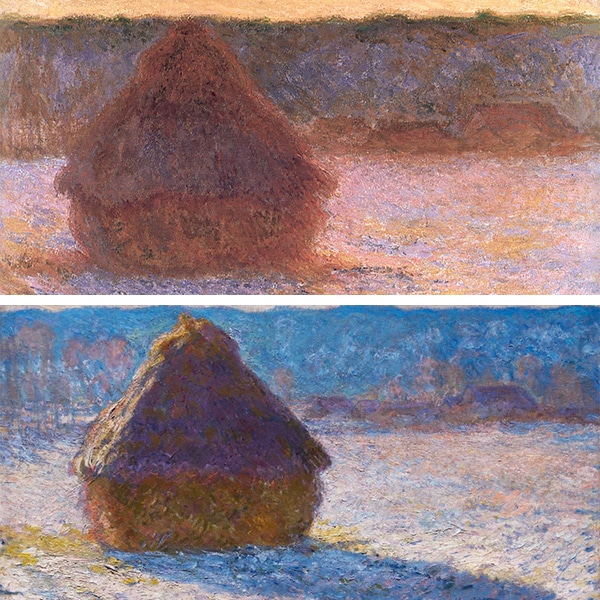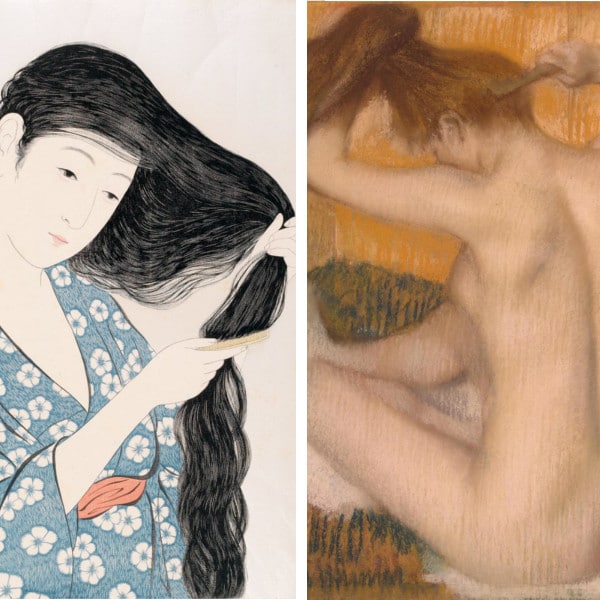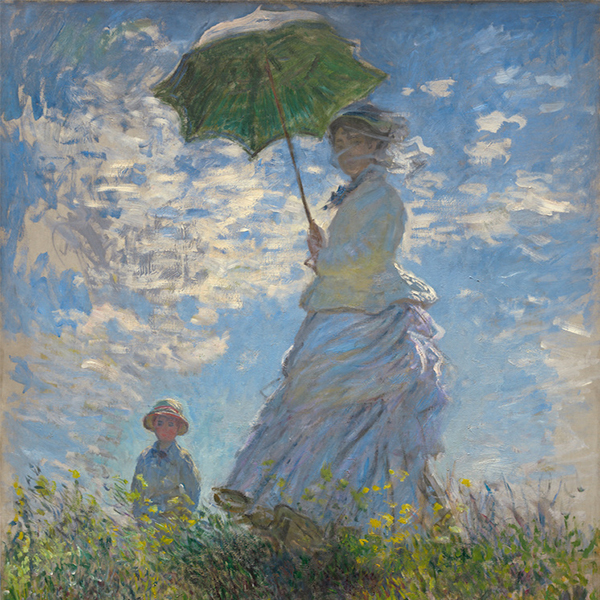As a prominent Impressionist artist, Mary Cassatt (1844–1926) is often regarded as one of art history's most famous female painters. An unmarried American woman living in Paris, Cassatt was able to make a name for herself in the male-dominated movement, defying 19th-century gender expectations and paving the way for future female artists.
In addition to admiring her canvases, understanding the context of her art is an important aspect of appreciating her role in both Impressionism and in the realm of modern art. While her most well-known pieces were produced when she was an established artist, her desire to become a painter can be traced back to her childhood.
Who Was Mary Cassatt?
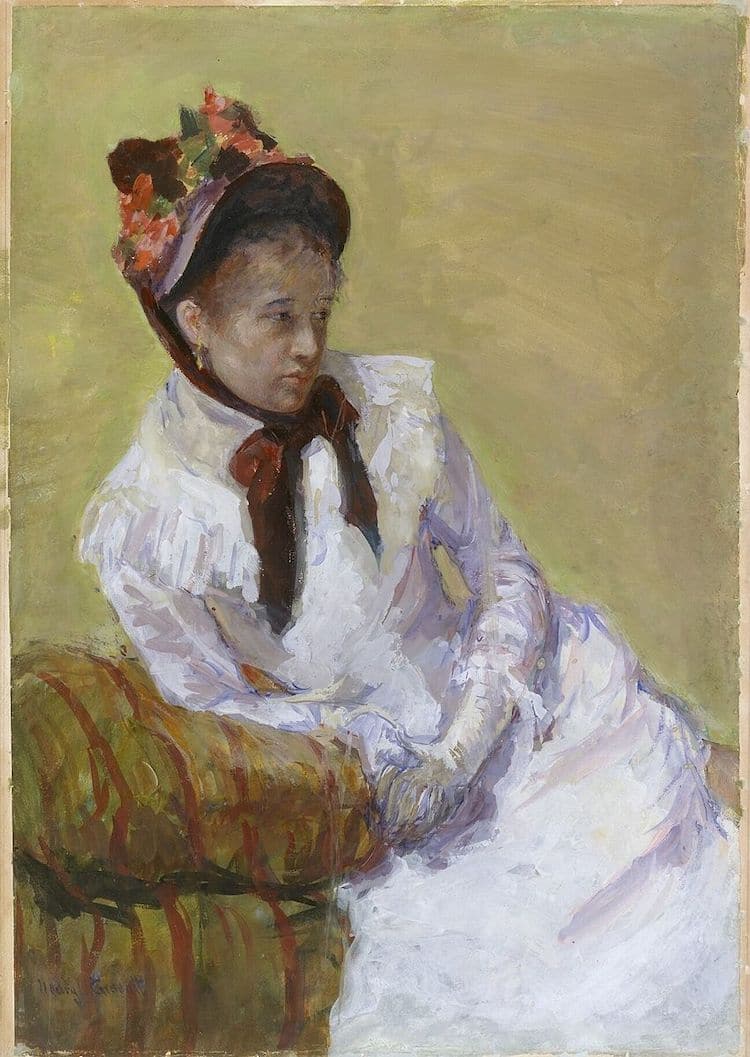
Mary Cassatt, “Self-Portrait,” c. 1878 (Photo: The Met via Wikimedia Commons, Public domain)
Full Name | Mary Stevenson Cassatt |
Born | May 22, 1844 (Allegheny City, PA, USA) |
Died | June 14, 1926 (Le Mesnil-Theribus, France |
Notable Artwork | The Child's Bath |
Movement | Impressionism |
American artist Mary Cassatt (1844–1926) was an influential female painter involved with the Impressionist art movement in 19th-century France. Her colorful portrayals of mothers and children and solitary women remain some of the most famous Impressionist paintings, indicative of the style characterized by loose brush strokes, a bright color palette, and flat compositions.
Early Interest in Art
As Cassatt's career was largely based in Europe, it is no surprise that traveling abroad as a child is what sparked her interest in art. In the 1850s, Cassatt spent many years in Germany and France, where she picked up the languages and developed an interest in drawing. Following her return to Philadelphia, she enrolled in the Pennsylvania Academy of the Fine Arts, where she began to study painting in 1861.
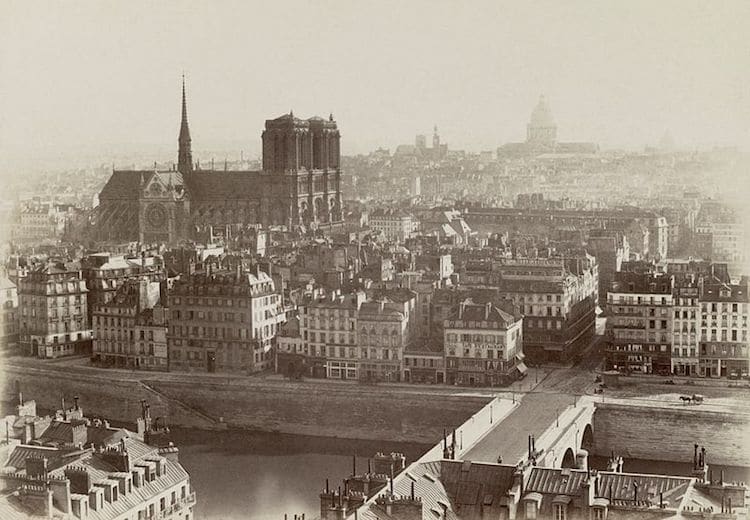
Charles Soulier, Paris in 1865 (Photo: Library of Congress via The National Gallery of Art via Wikimedia Commons, Public domain)
While her parents supported her interest in the arts, they—like many other people during this time—did not deem it a suitable career for a woman. Nevertheless, she continued her artistic education until 1865, when she grew tired of the restraints placed upon female students. One year later, she moved to Paris, France, where her career came to fruition.
Life in Paris
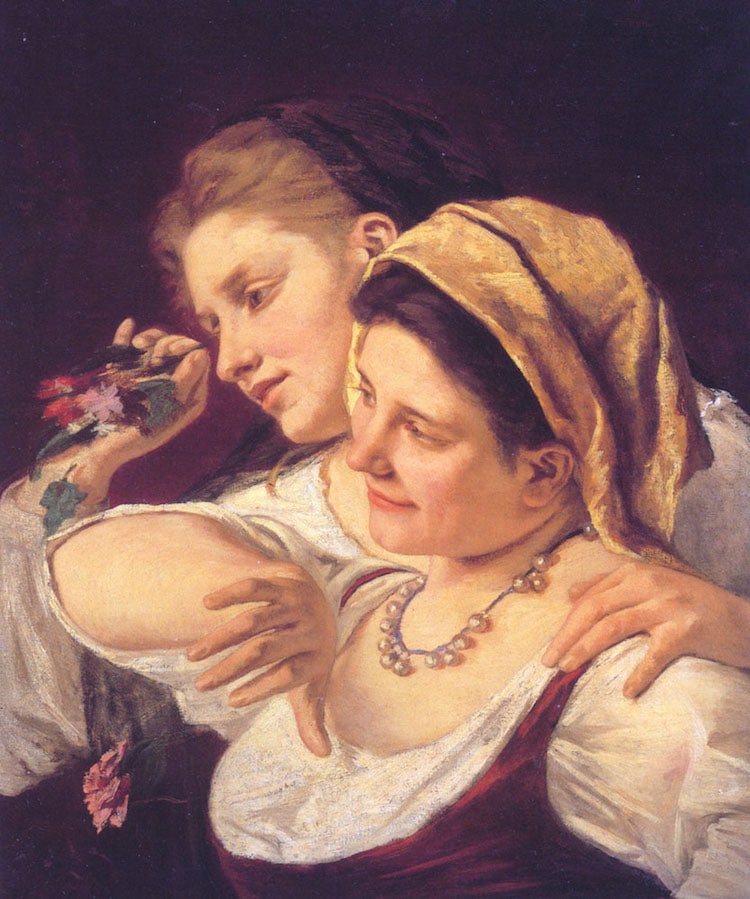
Mary Cassatt, “Two Women Throwing Flowers,” 1872 (Photo: Wikimedia Commons, Public domain)
Traditionally, most aspiring artists living in Paris studied at the École des Beaux-Arts (School of Fine Arts). Due to her gender, however, Cassatt was not allowed to attend. To make up for this loss, she paired independent study (she was privately taught by Jean-Léon Gérôme, a prominent French painter) with hands-on learning as a Louvre copyist.
In addition to producing copies of masterpieces, Cassatt created original paintings during her early years in Paris, including Two Women Throwing Flowers. With the hope of being selected for the traditional salon—an annual exhibition that featured hand-picked paintings—most of these works are painted in a realist style. Frustrated by a string of salon rejections and unhappy with the treatment of female participants, however, she abandoned this path and found her place among Paris' avant-garde up-and-comers, the “Impressionists.”
Joining the Impressionists
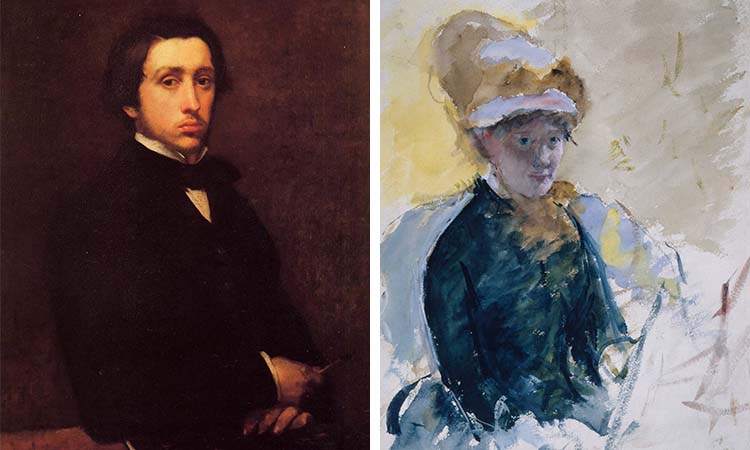
Left: Edgar Degas, “Self-Portrait,” 1854-55 (Photo: Wikimedia Commons, Public domain)
Right: Mary Cassatt, “Self-Portrait,” c.1880 (Photo: Wikimedia Commons, Public domain)
Cassatt was invited to exhibit with the Impressionists by Edgar Degas, an established artist whose work Cassatt had admired for years. The Impressionists were connected by a unique approach to painting, characterized by a preference for thick brushstrokes, an interest in everyday subject matter, and a habit of painting en plein air, or outdoors. While most of the artists associated with the movement—including Claude Monet, Édouard Manet, and Pierre-Auguste Renoir—were male, the Impressionists accepted and exhibited female artists, including “virtuoso colorist” Berthe Morisot and, of course, Mary Cassatt.
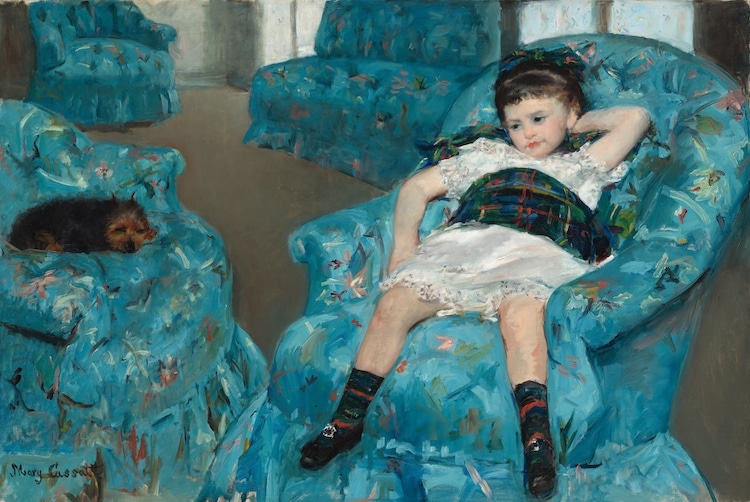
Mary Cassatt, “Little Girl in a Blue Armchair,” 1878 (Photo: National Gallery of Art via Wikimedia Commons, Public domain)
Cassatt began showing her work—like the iconic Little Girl in Blue Armchair—with the Impressionists in 1879, five years after the group's first independent exhibition. For the remainder of her career, she would reject realism and abandon the confines of her studio in order to produce Impressionist paintings and pastels.
Characteristics of Mary Cassatt's Art
Bright Color Palette

Mary Cassatt, “The Boating Party,” 1893–1894 (Photo: The National Gallery of Art via Wikimedia Commons, Public domain)
Cassatt developed a recognizable style and approach to subject matter. Stylistically, her art is characterized by luminous color. Additionally, while her paintings feature loose, expressive brushwork, she used her pastels—inspired by Degas' use of the medium—as a way to experiment with techniques and compositions.
Depictions of Mothers and Children
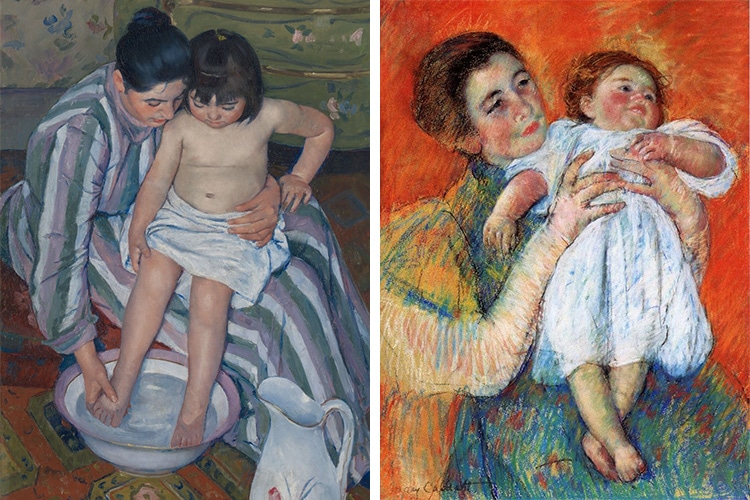
Left: Mary Cassatt, “The Child's Bath,” 1893 (Photo: Google Art via Wikimedia Commons, Public domain)
Right: Mary Cassatt, “The Barefoot Child,” 1897 (Photo: Bowdoin College Museum of Art via Wikimedia Commons, Public domain)
While her style is celebrated, Cassatt is best known for her choice of subject matter. Most of her art features depictions of mothers and children in quiet, everyday moments between the pairs. The Barefoot Child, The Boating Party, and The Child's Bath each depict this interest, which has become intrinsically associated with the artist's oeuvre.
Emphasis on Women
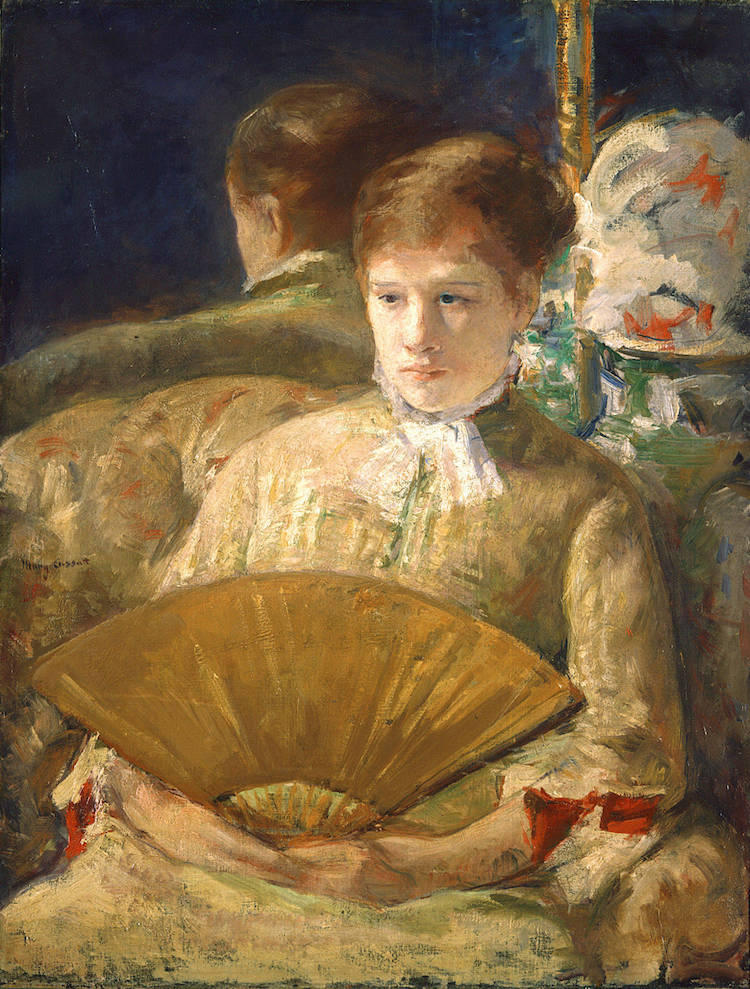
Mary Cassatt, “Woman with a Fan,” c. 1878–1879 (Photo: The National Gallery of Art via Wikimedia Commons, Public domain)
In addition to mother-child relationships, Cassatt also featured solitary female figures as her subjects, as apparent in well-known works like Lady With a Fan. After 1900, however, Cassatt would work almost exclusively on her signature maternal portraits.
Japonisme
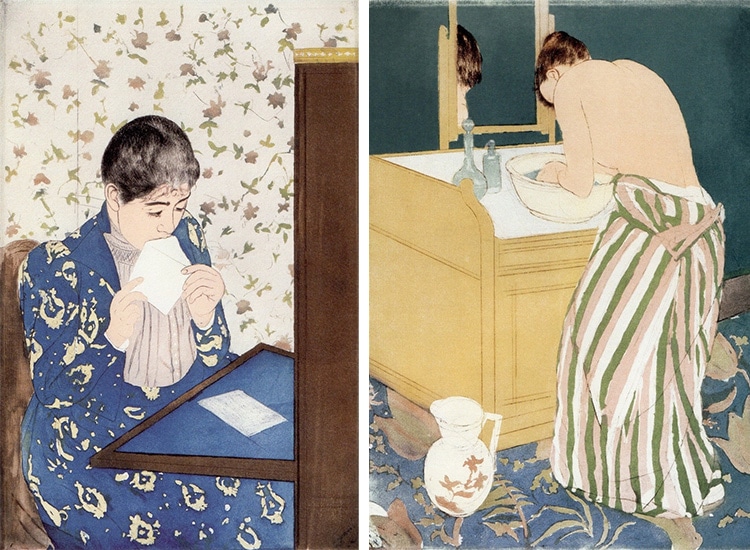
Left: Mary Cassatt, “The Letter,” 1890–1891 (Photo: Kathleen via Wikimedia Commons, Public domain)
Right: Mary Cassatt, “Woman Bathing,” 1890–1891 (Photo: National Gallery of Canada via Wikimedia Commons, Public domain)
Like many Impressionists, Cassatt was also linked to Japonisme, the study of Japanese art and, more specifically, its influence on European works. This influence is primarily evident in her interest in intimately capturing female subjects (a key feature of Japanese woodblock prints), as well as the flatness of color, form, and perspective present in many of her works. Woman Bathing and The Letter both illustrate this aesthetic influence.
Legacy
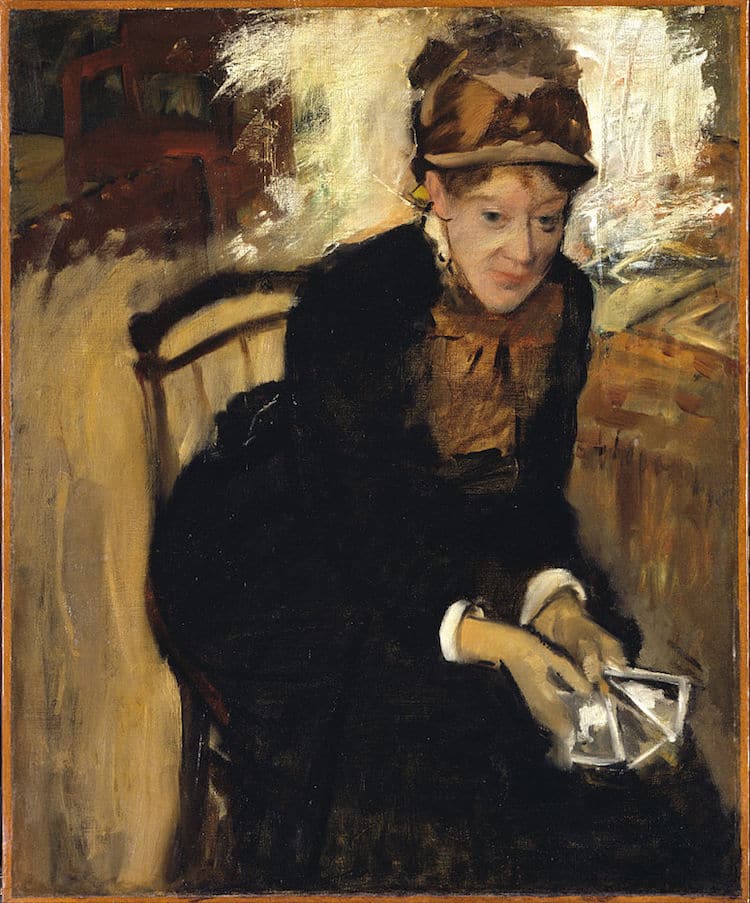
Edgar Degas, “Portrait of Mary Cassatt,” c. 1880–1884 (Photo: Google Art Project via Wikimedia Commons, Public domain)
Along with several of her contemporaries, Cassatt is viewed as one of the pioneers of early modern art. While not as widely known as other Impressionists, today, she is becoming increasingly studied, exhibited, and recognized for her contributions to the history of art.
This article has been edited and updated.
Related Articles:
Art History: The Stories and Symbolism Behind 5 of Frida Kahlo’s Most Well-Known Paintings
20,000 Artworks Available for Free Download on LACMA’s Robust Digital Archive
10 Revolutionary Art Movements That Have Shaped Our Visual History
